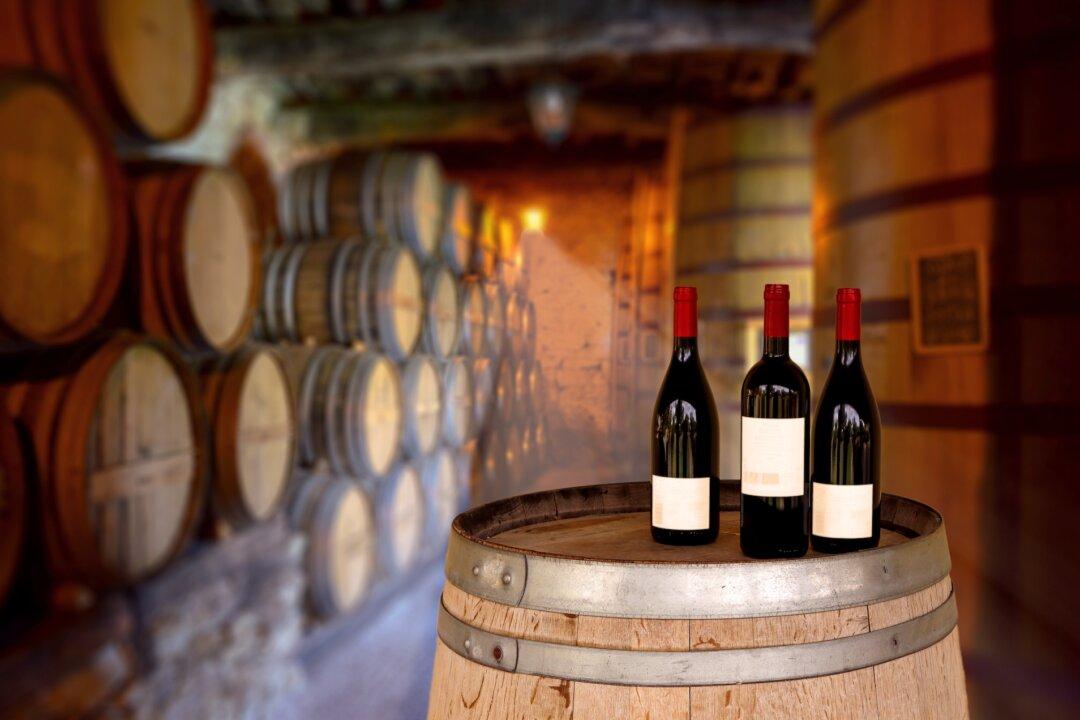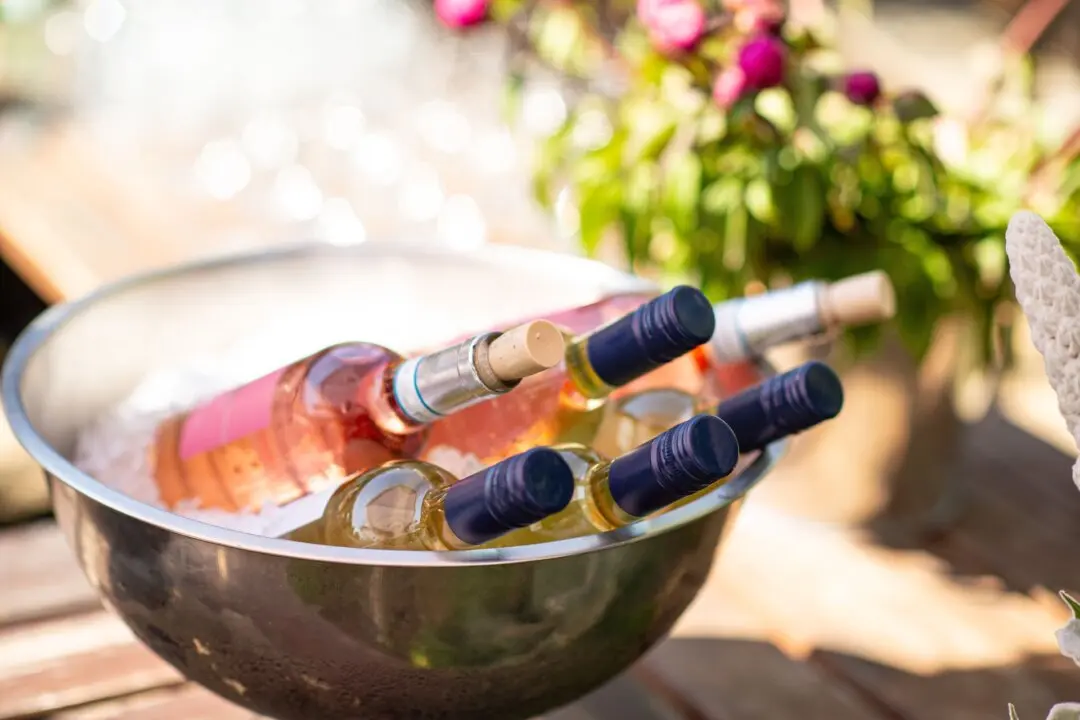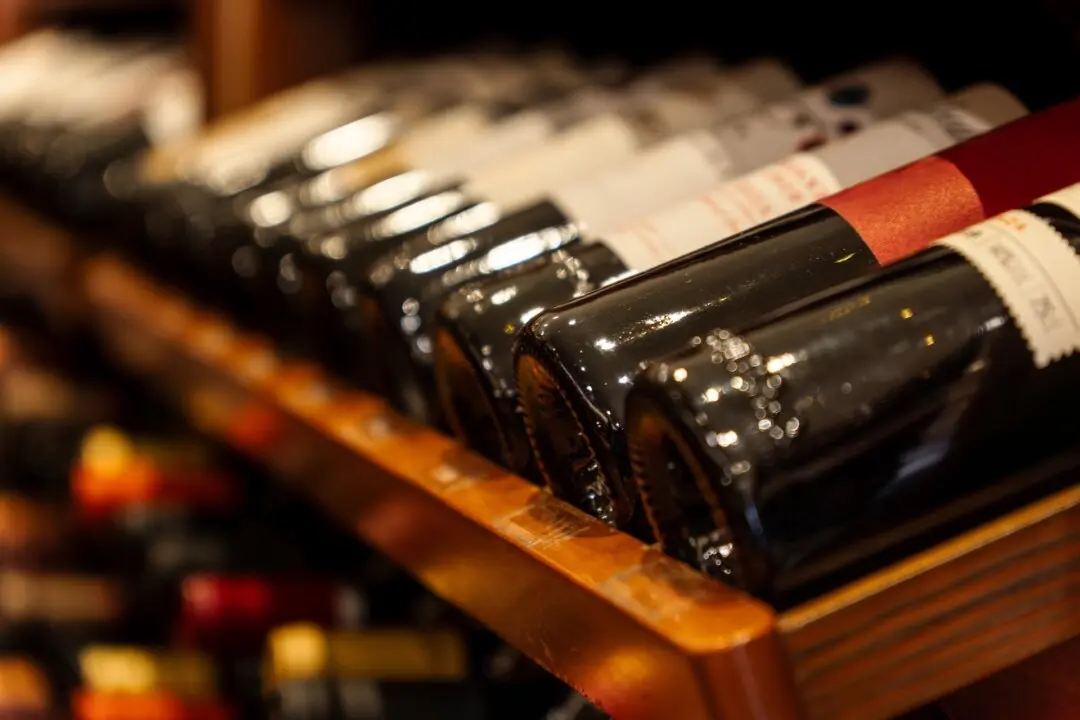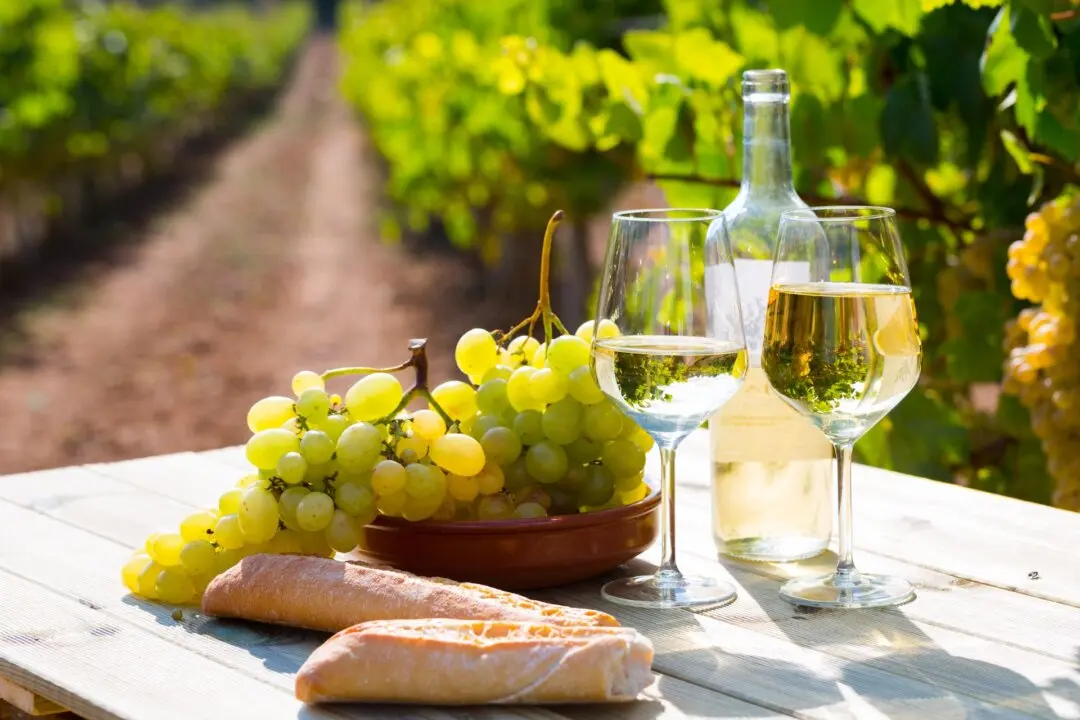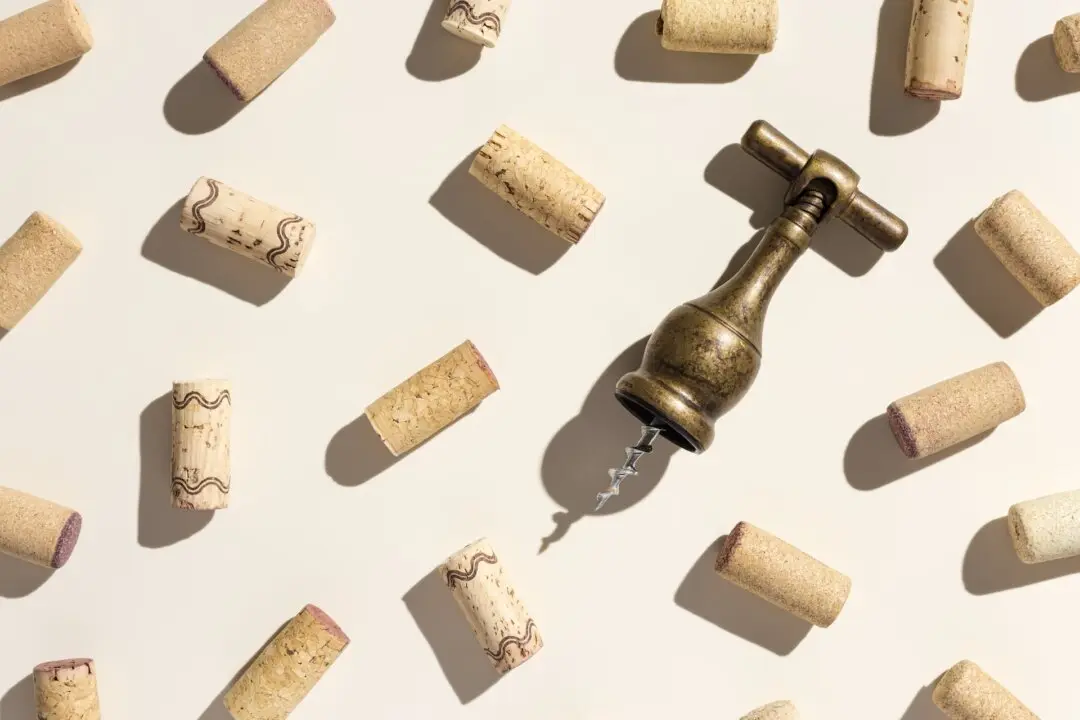I visited a winery recently because a wine I made was being transferred from a tank into bottles—and I realized once again that wine isn’t all sweetness and light.
Most people who visit wineries do so by entering a tasting room, where they’re welcomed by smiling greeters who tell them a bit about what they are to experience and hand them pristine wine glasses into which they'll poor an ounce or so of a delicate liquid.

